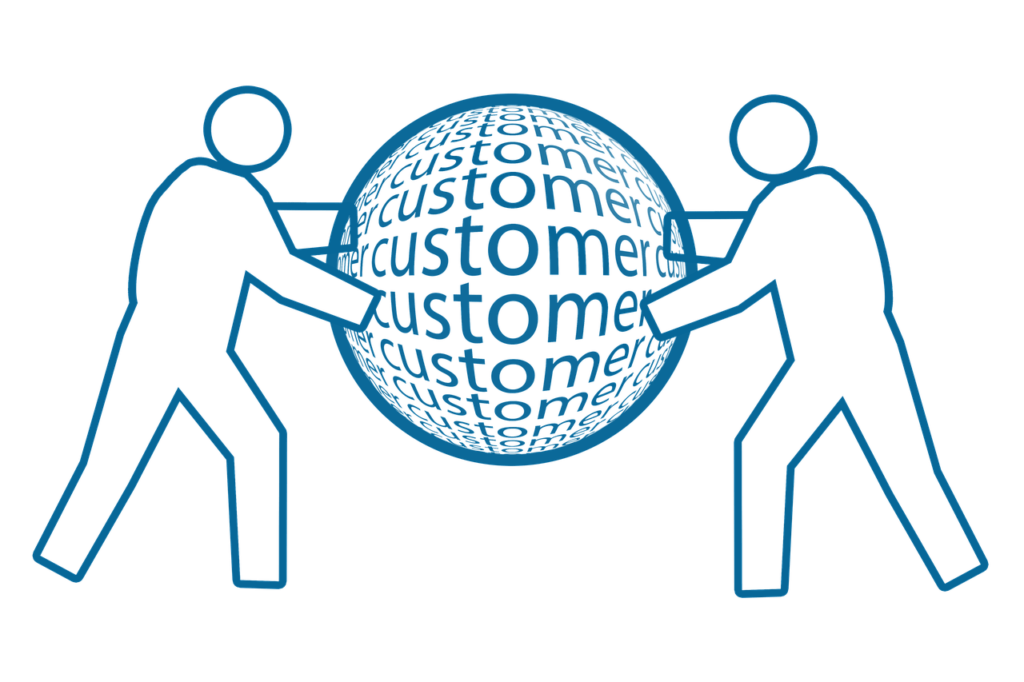Collaborative selling is not a new concept exactly. On the flipside, salespersons always rely on others (individual/organization) to assist them in responding to “Request for Proposal” (RFP), to win a deal. Today the resources which lay behind the scenes are becoming more and more collaborative, and the customer is facing in the actual sales process. The number of professionals is increasing with Salesforce certifications that help to grow their careers. So, In this post, I am going to share a collaborative study about Better customer relationships.
It’s no secret that collaboration helps to improve productivity, efficiency, innovation, and in turn, leads to better decision making. But applying this to business analytics is a lot better. The collaboration unites people, processes, and ideas together. Adding business intelligence to collaborative analytics will become an analytics powerhouse that enables stakeholders to analyze any historical data but also share perspectives and zero in on actionable insights.
Sales groups got to embrace this adviser role, guiding towards an interdependent arrangement on either side. In collaborating with the client, paying attention to their wants, and giving insight notwithstanding its advantages, making a stronger client relationship tells your customers that you are just worth them, not their cash.
The subject matter expert or the pre-sales engineer might attend sales meetings. The services head will meet with the customers to discuss ongoing support. The client’s CIO could have questions answered directly by IT resources. Team selling is regular selling we look everywhere.
The term ‘collaborative’ implies the model of selling that is more like a committee deciding on what they are going to do in the coming future. Maybe the final goal is to win the new business. Customers today won’t tolerate yelling at them. To be more explicit more than 79% of business buyers say interacting with a salesperson who is a trusted advisor is very crucial in the present day scenario and also adds value to their business.
How Collaborative Selling Improves the Customer Experience?
Decades ago, expectations of customers began to change-making the purchase process more and more complicated. It is not just companies suddenly decided trouble their buying process, but that the technology pool of buying decision-makers at any company is much larger than it once was.
The team of procurement was also involved and have created a product list to consider, handle the negotiation, pulled in the right executives, and then managed ongoing license compliance.
A recent report from Salesforce Research states that 83% of business consumers say collaborating with a salesperson that has confidential data on the company’s products and services is exceptionally vital. Sales groups should become consultants in understanding buyer goals.

Set Up for the Collaborative Selling Process
There are some questions to answer to maximize the efforts and ensure that the organization is delivering exceptional experiences every time:
Can your Employees Efficiently Collaborate?
In the present day scenario, companies have tremendous opportunities to provide positive interactions with customers and empowering every employee to make consumers happy. Employees can make easier, smarter, data-driven decisions according to the collective data available, and work closely together to share information and resolve issues quickly.
Are your Marketing, Sales, and Service Teams Connected?
We all hear about the sales need and market alignment for more efficient deal closings. But service is the other and crucial puzzle piece, unlike the olden days. Businesses today are competing for customer experience, and by collaborating and working together using all these, brands can provide customers an intelligent, consistent experience across all touchpoints.
A recent report from “State of the Connect Customer” stated that 75% of consumers expect organizations to offer a constant experience wherever they engage with them. Customers want recognition and familiarity in every interaction. Connecting this data from each team to form a single, shared view of the customer, and can deliver connected experiences making the sales cycle moves faster.
Do your Marketing, Sales and Service Teams Deliver Similar Metrics?
It is a regular thing that connecting data of different teams in one, but if those metrics and goals differ vastly. Business metrics often disconnect on the most fundamental level. Leads track marketing and sales are measured based on quantities sold, services, and on calls resolved and closed.
These metrics are pulling everyone in clear directions desperately instead of unifying around the customer. Most of the brands are recognizing this and are prioritizing customer experience measures across the board. When teams align with the customer and share common metrics, collaborative selling becomes a more potential fit where all groups are tracking the same results.
How Collaboration Boosts Business Outcomes?
The collaborative analysis provides clear benefits. It enables to acquire more input from different people with differing expertise from business users and data scientists and developers. It helps to make faster yet effective decisions that translate to money saved. According to Aberdeen, companies encouraging analytical collaboration experience 18% revenue growth on average.
Collaboration not only enables business efficiency but also helps to deliver better outcomes such as:
Strength in numbers
Faster decision-making
Foster innovation
Boost confidence
Boost your bottom line
Conclusion
The potential customers today are brilliant and knowledgeable about the company’s products and services and are hungry for more information. Companies need to move with a collaborative approach instead of merely relying on sales to close deals to meet customer’s expectations. By empowering employees to collaborate individually, marketing, connecting sales, and service team’s data, and similar critical metrics to achieve success, the whole company can execute efficient collaborative selling models putting customers at the center of business.





 Integration Techniques of Microsoft Dynamics 365 CRM
Integration Techniques of Microsoft Dynamics 365 CRM
Every time I want to learn something, I always come here on your website for me to learn new things about technology and customer service related topics. 🙂 This article of yours has tackled another knowledgeable topic, thank you so much for sharing this! Very informative and helpful as always!
Data can really help to determine companies on what’s working or not with their products and services. I also agree that efficient collaboration of employees, especially the marketing and sales department could build a better relationship with the customers because these are the people that deal with them the most.
Hey Prasanthi,
It great to be reading your post again. It’s always the best efforts you have put into your content, that’s why it will help many out there looking to learn.
By the way, Thanks for the great read.
~ Donna
It really does come down to studying data to better connect with customers. Fab post. We see, measure and observe, and in so doing simply form stronger bonds with our audience, with an analytical and compassionate eye.
Ryan